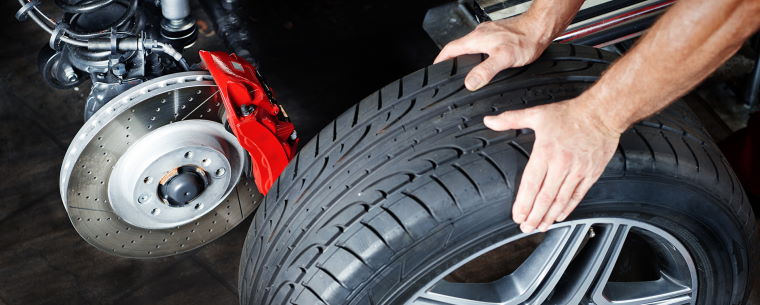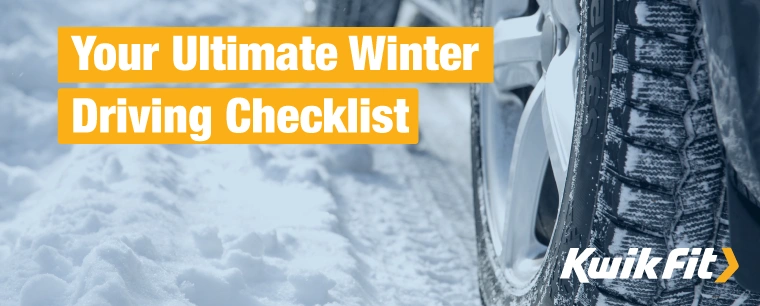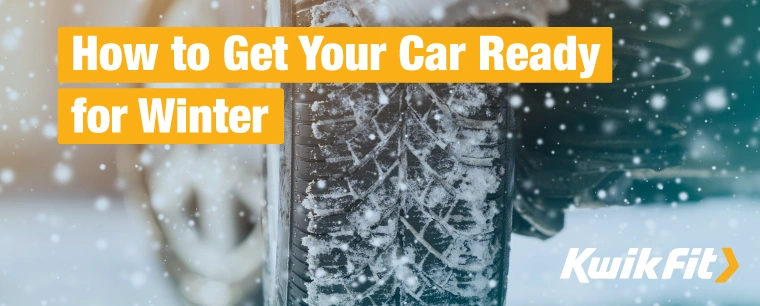How to Identify Run-Flat Tyres
Bradley Jando | Friday 23rd July 2021 12:21pm

If you’ve recently realised that you need a tyre replacement, you may have heard of run-flat tyres. You might be wondering what they are, how they work, and how to identify whether your car needs them. It’s not that difficult to identify run-flat tyres, but you need to be careful not to mix them up with other types. Here’s everything you need to know.
What is a run-flat tyre?

Put most simply, run-flat tyres are tyres with a reinforced sidewall. This means that in the event of picking up a puncture, they’re still able to operate for a time in order to give you enough time to get to a tyre repair centre.
Be aware, though, that you should only drive on run-flat tyres that have been punctured for less than 50 miles and under 50mph. As such, they have to be used with a TPMS because they still stay as though they’re partially inflated – so you can drive on them without realising that you have a puncture.
Check if you have a spare wheel

One of the easiest ways to see if your car has run-flat tyres is to check whether you have a spare wheel under your boot bed or whether it’s a tyre repair kit. Run-flat tyres were largely invented so that you don’t need to carry a spare wheel. After all, they can be driven on when punctured – so you don’t have the stress of changing a wheel at the roadside.
So if you have a spare wheel in your car, it’s most likely that your car’s fitted with normal tyres.
Look at the markings on the Tyre

The next easiest way is to check the tyre markings on each of your tyres. Depending on the brand, run-flat tyres will be marked with one of these codes:
- ROF: This marking is used by brands like Goodyear, Bridgestone, and Dunlop. It stands for Run on Flat.
- EMT: This marking is also used by Goodyear and stands for Extended Mobility Technology.
- ZP or ZPS: This is used by Michelin, Yokohama, and a few others
They all essentially mean the same thing: that your tyres will be able to be used while punctured for up to 50 miles when kept to a speed of under 50mph. This is crucial because if the punctured tyre warms up (as tyres do at higher speeds), it could cause more serious splitting and result in having to call out an emergency repair technician.
One consequence of the speed limit on punctured run-flat tyres is that auto repair technicians will refuse to repair run-flat tyres because there’s no way of knowing if this speed or distance limit has been crossed. Repairing a run-flat tyre that has exceeded this limit is likely to leave it still structurally unsound – so could result in much more dangerous damage in the near future.
Check your owner’s manual
The last way to check which kind of tyres your car is fitted with is to consult your owner’s manual. It’s possible that a previous owner has swapped to or from run-flat tyres but it’s important to know what your manufacturer recommendation is so that you don’t accidentally damage parts of the axle systems through premature wearing.
Concerned about your tyres?
If you’re concerned about your tyres, or simply need a replacement, book your car into your local Kwik Fit centre for expert service.
Any facts, figures and prices shown in our blog articles are correct at time of publication.
Featured Articles
Is Your Car Battery Ready for Winter?
Monday 11th November 2024
Is the UK on the verge of ‘the coldest winter for 50 years?’ Even if El Niño doesn't hit the UK this winter, reduce the risk of a winter breakdown by making sure your car battery is winter-ready.
Your Ultimate Winter Driving Checklist
Monday 31st October 2022
Driving in the colder months presents many challenges. Breakdowns are far more common in winter, so make sure you’re prepared with these essentials.
How to Get Your Car Ready for Winter
Wednesday 28th September 2022
Winter can be a harsh season for your car but planning ahead by carrying out some basic maintenance and packing some essential kit should help you avoid a winter breakdown.







